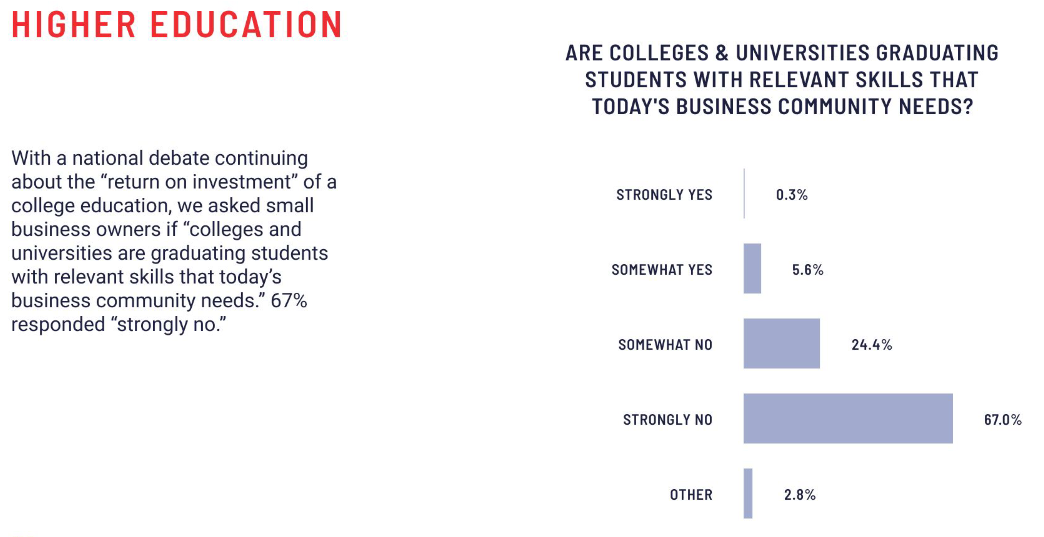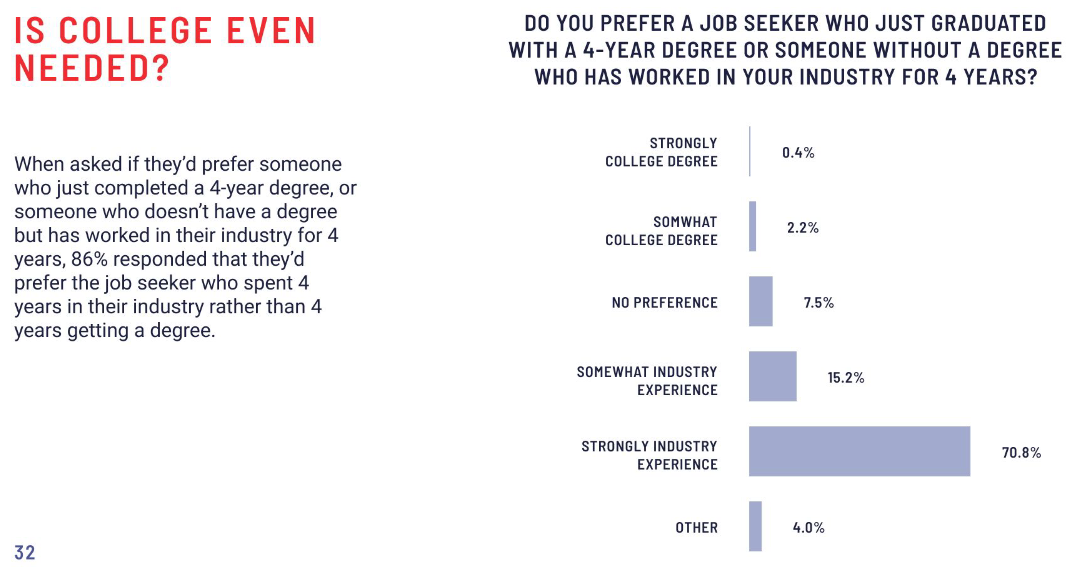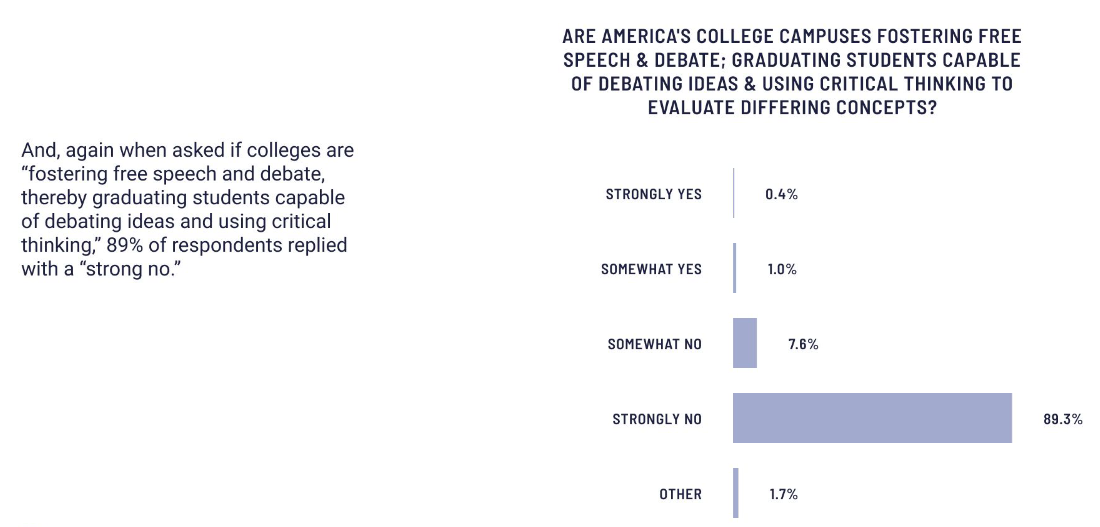Progressive-Democratic President Joe Biden has invoked the Defense Production Act of 1950 as an excuse to pour more of our tax dollars into his global warming foolishness. He’s using the Act to pump $169 million into nine projects across 15 sites nationwide in an effort to accelerate electric heat pump manufacturing. There are some serious problems with this. In no particular order:
Biden claims that heat pumps only use electricity; they don’t burn coal or oil or natural gas. That’s a disingenuously narrow view of the situation. Heat pumps do use only electricity at their point of use. However, that electricity comes from somewhere—primarily coal- and natural gas-fired electricity generating stations. At the times the heat pumps are needed the most—in the depths of heating and cooling seasons—”green” energy sources generally aren’t available: at night, when the sun doesn’t shine; when the sky is overcast, and sunlight is limited; when the wind isn’t blowing enough or is blowing too strongly. This is a shortfall that’s disastrously exacerbated by Biden’s open effort to destroy our hydrocarbon-sourced energy industry. Oil-, natural gas-, and coal-fired power plants are reliable, efficient, and don’t care about sun or wind.
Further, heat pumps get increasingly inefficient where temperatures are routinely cold and where temperatures are routinely hot. They work, after all, by trying to pump heat (hence the name of the devices) from inside the house to the hot outside for cooling, or by trying to pump heat from the cold outside into the house for heating.
Another problem is that the Defense Production Act was passed to support government-managed manufacturing (for good or ill) during times of conflict. We’re not at war with anybody now, and haven’t been for a few years—not since the fight against terrorists in Afghanistan, when Biden made his panic-ridden exit from that. Using the Act as an excuse for funding global warming-related matters is an abuse of the Act that warrants its heavy modification, if not outright rescission.
Yet another problem flows from Biden’s claim that his invocation is to boost domestic production of these heat pumps, especially by domestic manufacturers.
These awards will grow domestic manufacturing, create good-paying jobs, and boost American competitiveness in industries of the future.
Yet he’s pouring those millions into companies like Copeland, Honeywell International, Mitsubishi Electric, and York International Corporation.
Mitsubishi is a Japanese company, headquartered in Tokyo. York is wholly owned by Johnson Controls, and Johnson, while claiming to be an American company, is headquartered and domiciled in Cork, Ireland. That’s a lot of “domestic” manufacturing money—our tax dollars—going to foreign companies. Even if they do the actual manufacturing in the US, they’ll be taking off their (significant) cuts in Tokyo and Cork on the way by.




